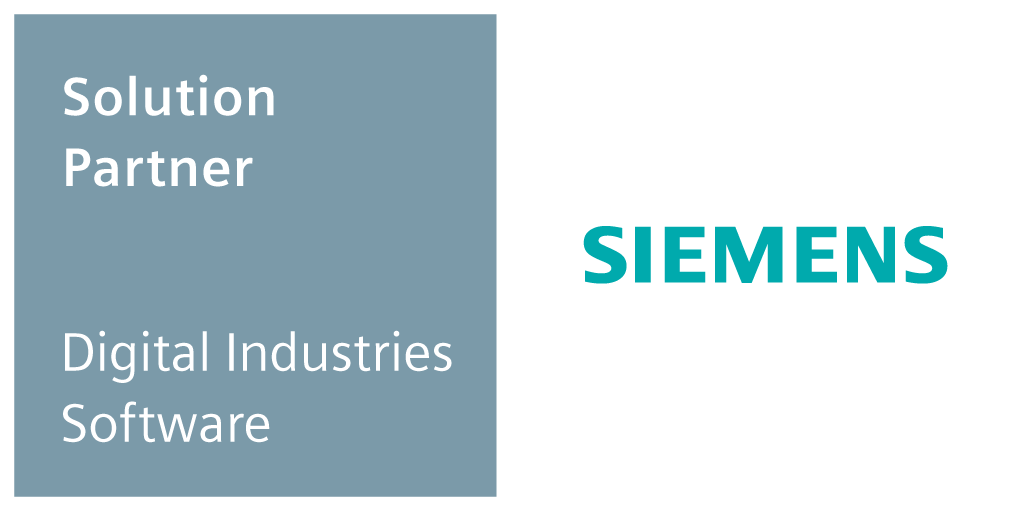Lower liability, increase efficiency
Training is an integral part of every business. Due to the nature of many businesses, though, training cannot be hands-on and effective like it may be elsewhere. This leads to a loss of efficiency in work being done by new employees. Additionally, unconfident workers are more prone to liability and making mistakes. A VR training solution can solve these problems before they present themselves, allowing trainees to become stronger and more confident. This is possible because a VR solution creates a distraction free environment during training, provides the employer full performance analytics, and presents the user with all needed information and hands-on experience with the real-life tasks they will be performing in a representation of their actual work environment.
VR training helps people learn
Putting most people into a traditional classroom style lesson, sitting them in an online lesson, or giving them a booklet full of protocol is not conducive to a proper learning experience. These types of training sessions are very widely used but are not immersive or stimulating. This causes trainees to begin pulling out their phones or daydream, and not absorb the important information given to them. These situations lead to employees learning most of their valuable information on the job where real risk presents itself, instead of in the classroom. Of course, this is learning by doing, which is quite effective, but now new and unconfident employees work slowly, diminish efficiency, or make mistakes and become a liability.

Creating lecture-like material that’s stimulating is very difficult, but with a VR solution, it’s made much easier. With VR, trainees can be in their future work environments and interact with their intended equipment while following solutions and completing hands-on tasks. In this environment they can’t check their phones since they have goggles on and they can’t daydream and slack off, no matter how fun it may be, since everything that they do can be captured and reported to their evaluator. VR can provide a real, yet safe, hands-on approach to training.
Training analytics helps evaluators keep trainees accountable
Overall, these analytics let evaluators know if a trainee is ready for work, but it also tells them where specific strengths may lie – if the trainee needs improvement in an area, or if they can be put in a more specific role to capitalize on certain strengths. Training analytics help an employer understand if an employee will be a valuable addition to the team, or if they will be a liability.


VR training lets trainees put their knowledge to work
For example, CADmech created a training solution for onboarding machine operators of an injection molding machine. In the solution, operators walk around and interact with a virtual representation of an actual injection molding machine. This walk around can be done within the physical confines of a small desk or space. Additionally, operators are required to watch instructional videos and learn about the different components of the machine. The user must know the important parts of the machine and how to use them to pass the experience.
Because this experience replicates an actual machine on the manufacturing floor, a company does not need to affect the assembly line and take a machine out of production for training purposes, which saves money while allowing operators the chance to train with the machine.
Another example solution is a hazard training solution CADmech created using 360 video technology. In this experience, employees are virtually placed into their typical work environment with various hazards that they must identify. Think of WHMIS training but in virtual reality! This immersive solution helps create an engaging training application while solidifying an employee’s knowledge on common hazards in a workplace. This allows employees to uphold performance and safety standards, ensuring a safe work environment.
VR solutions for training are a new, immersive way to train employees properly. Proper training brings more confident employees, which allows work to flow smoother and more efficiently. More importantly, effective training reduces liability, saves money, and keeps a workplace safe. CADmech Design creates these types of custom VR solutions specifically for any client’s needs. This way every trainee can walk away without feeling any doubt in their role and what it includes. Contact victor@cadmech.com for more information and a demo, today!


